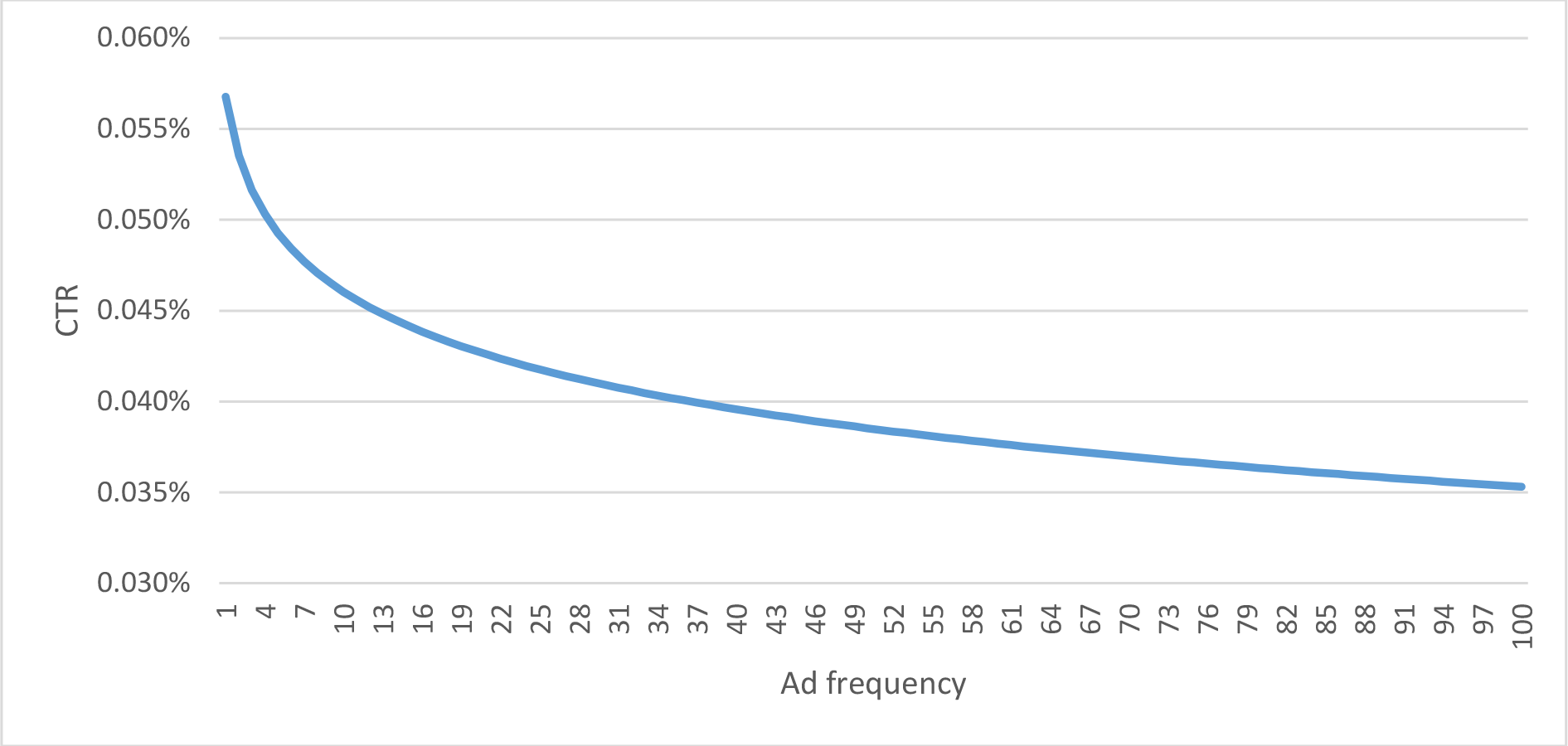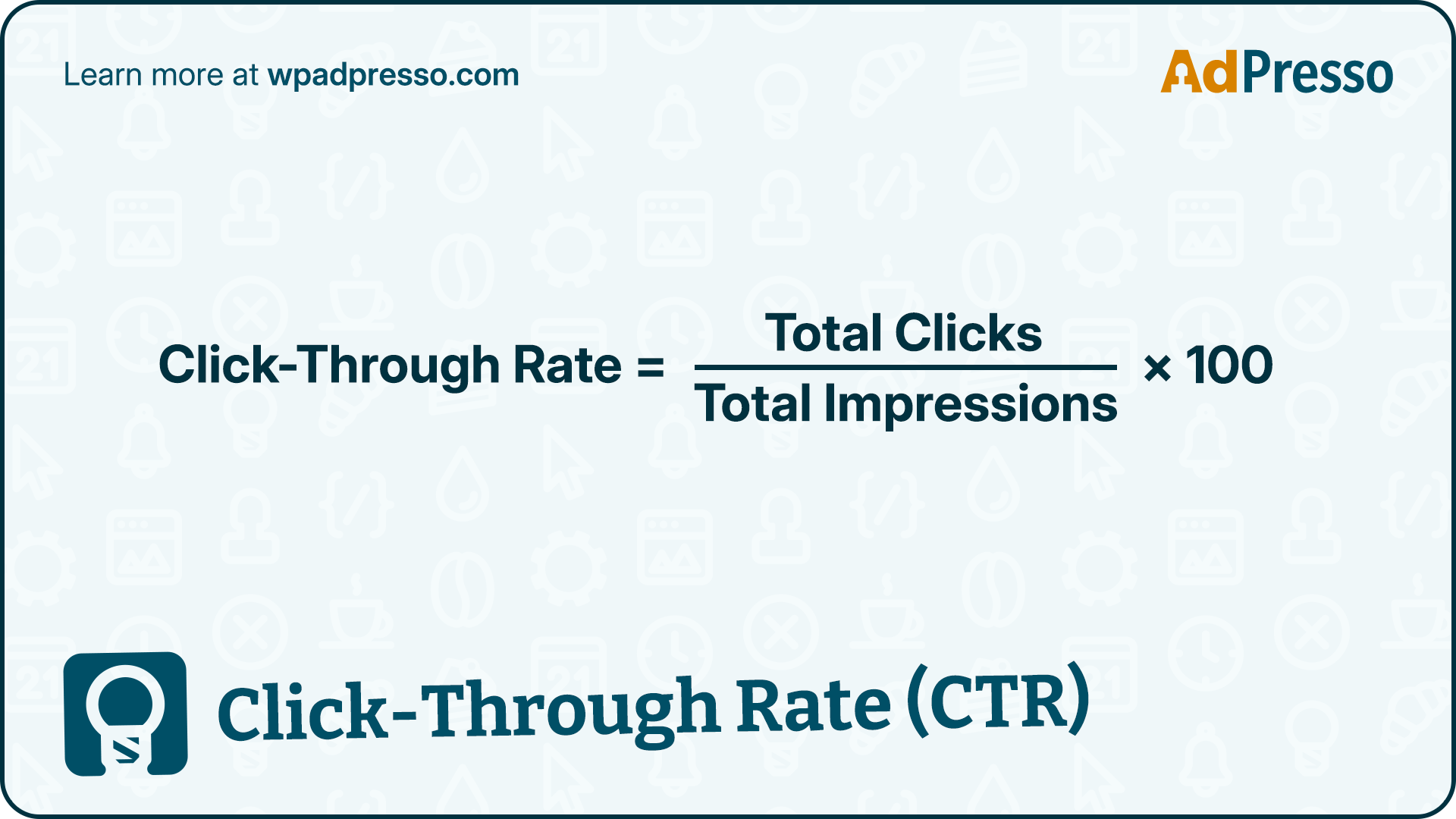The digitalization of advertising has fundamentally transformed how publishers monetize their websites. While advertisers often meticulously optimize their campaigns on platforms like Facebook or Google, we publishers face a delicate challenge: how on earth do we protect the precious user experience on our own sites while simultaneously extracting the maximum possible revenue? A shimmering, indeed, central metric in this finely woven web is ad frequency—that is, how ocften a single user sees a specific ad within a given timeframe.
For us publishers, this metric is nothing less than a decisive lever to find that oft-cited, yet rarely achieved, balance between monetization and the sacred realm of user satisfaction.
In stark contrast to the advertiser's perspective, which frequently prioritizes ad reach and budget efficiency, publishers view ad frequency as a concrete tool to optimize their advertising revenue.
In this article, we'll take a closer look at ad frequency: what truly lies behind it, how it differentiates itself from other metrics, why it's so incredibly important for us publishers, and with what strategies you, dear colleagues, can finally optimize your ad placement to not just function, but to truly shine.
Ad frequency essentially refers to the average number of times a single user sees a specific ad on your website within a defined period (e.g., hour, day, week, month). It is, therefore, a measure of repetition, providing insight into how frequently your users are exposed to advertising messages.
In direct contrast to this is ad reach, which indicates the number of different users reached by the ad at all. While ad reach measures the breadth of your outreach, frequency focuses on the depth—that is, how often each individual user has internalized the message.
Calculating ad frequency is surprisingly simple, almost reassuring:
Ad frequency = Total number of ad impressions / number of unique users
The choice of the timeframe is by no means trivial, but absolutely crucial: A frequency of 5 per day can have a completely different effect than 5 per week. That's why we publishers should always define with the utmost care the period over which we measure and, yes, optimize.
Sometimes it feels like we're walking a tightrope. On one hand, we want to monetize our content; on the other, we desperately don't want to alienate our readers. This is where ad frequency enters the stage.

A balanced ad frequency significantly contributes to ensuring our visitors don't feel overwhelmed by ads. I mean, who hasn't experienced it? Too many repetitions inevitably lead to frustration and can compel users to adopt ad blockers or even, heartbreakingly, to leave the site altogether. An appropriate frequency, however, ensures that ads are noticed without appearing intrusive, indeed, downright pushy.
Ad fatigue—a phrase that sends chills down our spines as publishers. It describes that ominous effect where users react increasingly negatively to repeatedly displayed ads. The bitter consequences are plummeting click-through rates (CTR), diminished brand perception, and in the worst case, a decline in page visits.

Through targeted frequency capping, this small miracle cure, ad fatigue can, thankfully, be effectively prevented. It's like a shield for our audience.
If an ad is shown too often, its relevance to the user diminishes—so simple, so true. Targeted frequency management helps maintain attention and increases the likelihood that users will actually interact with the ad. After all, we're not just seeking mere impressions; we crave genuine engagement.
The "sweet spot"—yes, that magical phrase keeps popping up in the digital world. Here, it lies in finding the optimal number of impressions per user: Too few, and the advertising message remains ineffective, as if it were never there. Too many, and users are put off, and that would be disastrous.
Publishers who master their frequency can utilize their inventory more efficiently, preventing impressions from being wasted or advertisers from pulling out because their campaigns are running inefficiently on our site.
Even though we publishers primarily focus on our own revenue, we benefit immensely when our advertisers are satisfied with the performance. An excessively high frequency can drive up costs for advertisers and, in the worst case, lead to budgets being withdrawn from our site. Here, we publishers can offer valuable advice and secure long-term, yes, reliable partnerships. It's a delicate dance of give and take.
Frequency directly impacts campaign performance: CTR, conversion rate, and ultimately revenue per mille (RPM) are closely linked to the optimal delivery of ads. Too high or too low a frequency can significantly, indeed, markedly worsen performance. This is a lesson we repeatedly have to learn anew.

Repeated, but not excessive, ad placements strengthen brand perception. They ensure that advertising messages linger in the memory without being intrusive—a crucial factor for sustained trust in both the website and the advertised brands. It's about building a relationship, not becoming a nuisance.
Ah, the eternal question of moderation! It's like balancing on a tightrope, with revenue on one side and user satisfaction on the other.
Honestly, there's no universal formula for the perfect ad frequency. That would be far too simple, wouldn't it? It depends on so many variables: campaign goals, the specific industry, ad format, and, of course, the particular target audience. Typical benchmarks for us publishers hover around 3–5 impressions per user per day for awareness campaigns and 5–7 for conversion-oriented ads. But these are merely starting points, which we all must individually and patiently test.
Consider this example: In the Fast-Moving Consumer Goods (FMCG) sector, higher frequencies can certainly make sense; after all, purchase cycles are short. Meanwhile, for luxury goods, even a few impressions might suffice to achieve the desired exclusivity and impact. It's a game of subtle nuances.
An excessively high frequency usually manifests through an alarming drop in click-through rates, a noticeably negative brand perception, and sadly, increasing bounce rates. Users simply feel disturbed, even harassed, which inevitably leads to long-term traffic and revenue losses. And who wants that? Too low a frequency, on the other hand, means the advertising message gets lost and fails to make any impact. It's like a faint whisper in a storm.
The biggest challenge for us publishers is therefore to find this elusive yet crucial balance—the "Goldilocks" zone between too little and too much.
Now, let's turn to the craft, to actively shaping our ad spaces.
Frequency capping is the deliberate limitation of how often an ad is displayed to a user within a given timeframe. For us publishers, it's a powerful tool to prevent Ad Fatigue proactively and to protect the user experience. Implementation usually occurs via our ad server settings, SSPs, or programmatic platforms.
As a starting point, we recommend caps of 3–5 impressions per user per day, which should be adjusted based on performance and user feedback. Constant vigilance is required here.
By segmenting our valuable audiences based on demographics, interests, or user behavior, ads can be more precisely delivered. This means users see more relevant advertising, which increases acceptance and noticeably improves performance. The correct placement and targeting of ads is crucial here; it's almost an art form in itself.
To prevent Ad Fatigue, we publishers should regularly introduce new ad creatives and actively manage the rotation of ads. This keeps the advertising fresh and appealing for users. Nobody enjoys seeing the same thing over and over, do they?
It is essential: Various frequency caps should be regularly tested to find the optimal setting for different ad formats or placements. Key KPIs include CTR, time on page, bounce rate, and, of course, revenue per impression. Only through continuous testing can that elusive "sweet spot" truly be found.
Continuous monitoring of clicks, conversions, and cost per acquisition is essential. A sudden drop in CTR or rising bounce rates are unmistakable indicators of excessive frequency and should prompt us to make adjustments immediately. We simply cannot look away here.
Ad frequency and ad reach are closely related: only when both metrics are considered together can campaign goals be efficiently achieved. While frequency measures repetition per user, reach provides information about the breadth of outreach. Both metrics influence each other and must be balanced within the context of campaign goals. They are a duo that only truly functions together.
Additionally, other metrics are crucially important for us publishers:
| Viewability | Was the ad actually seen? A fundamental question often overlooked. |
| Click-through rate (CTR) | How often is the ad clicked? A direct indicator of its appeal. |
| Conversion rate | How many clicks lead to a desired action? The proof of effectiveness. |
| Revenue per mille (RPM) / eCPM | How much does the publisher earn per 1,000 impressions? The hard currency of our success. |
| Time on page / bounce rate | How long do users stay on the page, and how many leave quickly? These are indicators of the overall well-being on our site. |
Optimizing ad frequency is therefore just one building block of a comprehensive monetization strategy that keeps all relevant metrics in view. Because at the end of the day, it's about the bigger picture.
Let's be frank: ad frequency is not a luxury we publishers can afford; it's an absolute necessity. It protects the very heart of our work—the user experience—while simultaneously maximizing our well-deserved revenue. Taking control of one's ad frequency will set you apart from the competition and also cultivate a loyal readership that appreciates our efforts.
The key lies in active management, continuous adjustment, and tireless testing—because only through these means can long-term success truly be secured.
Publishers who embrace ad frequency as a strategic metric and consistently optimize it lay the groundwork for sustainable growth and stable advertising revenues. And that, dear readers, is what we all wish for, isn't it?